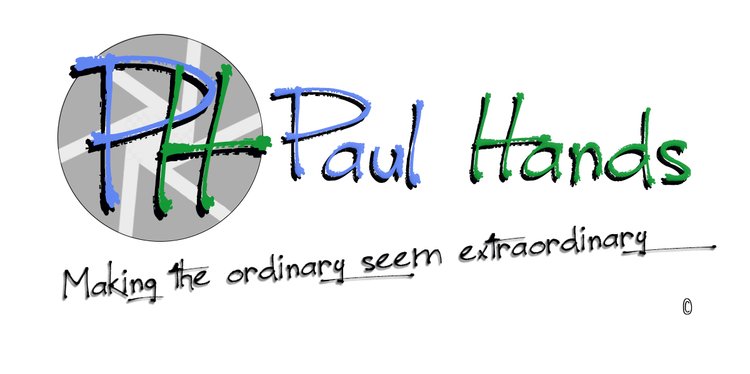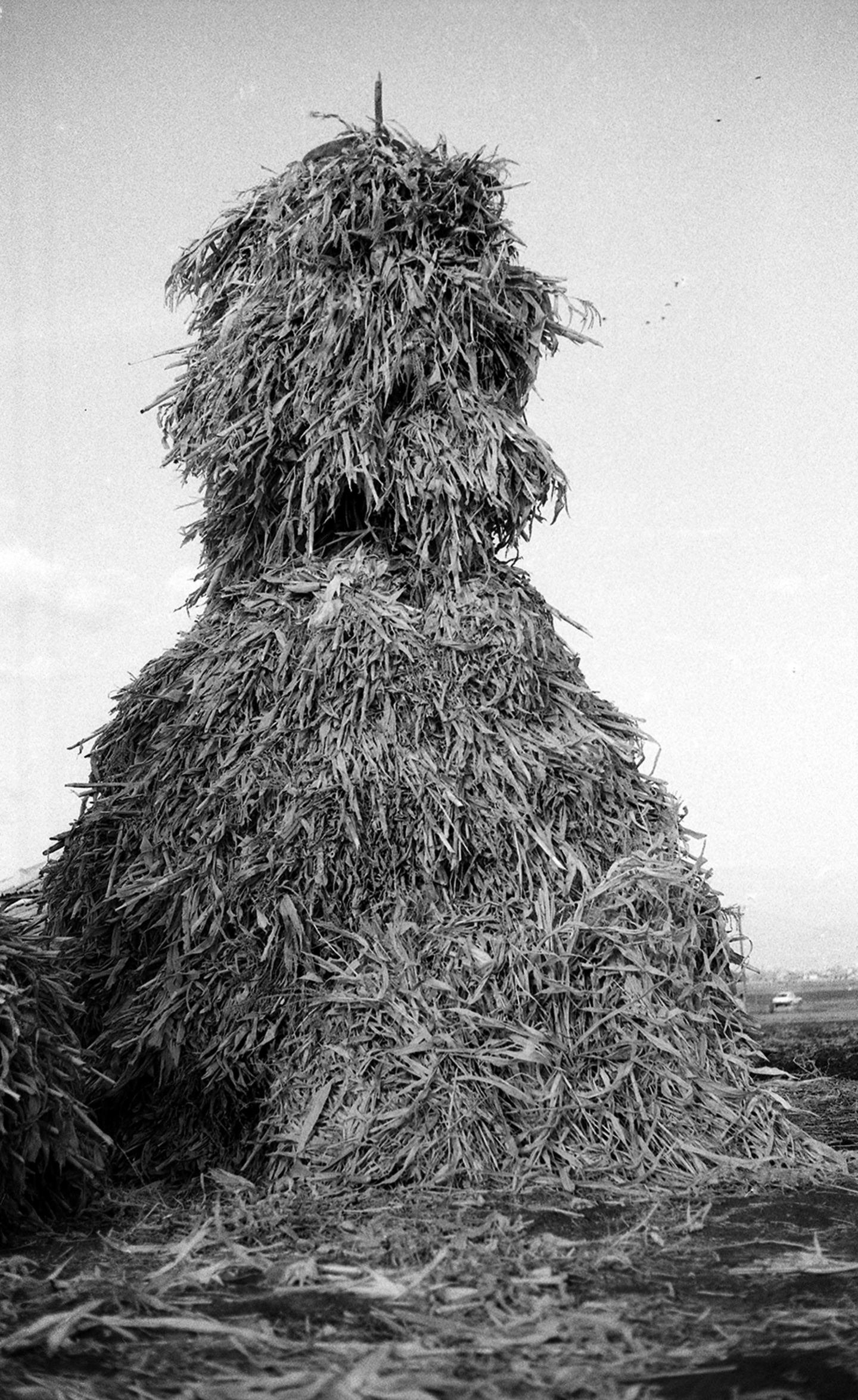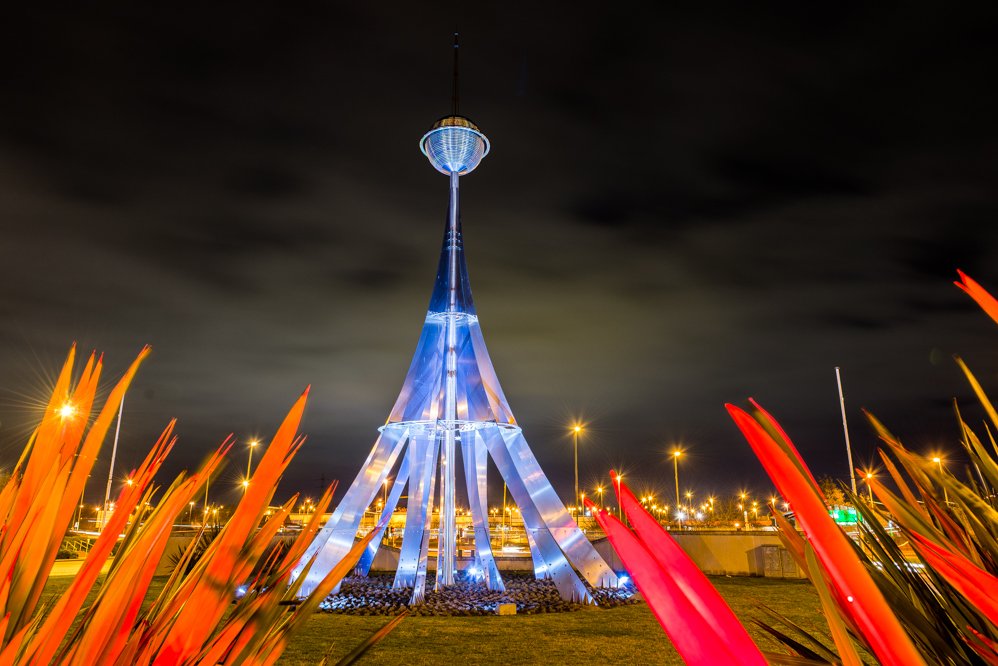A decade of documenting the landscape and the community of the Hinckley & Bosworth District of Leicestershire, England.
I’ve created a ten minute film exhibiting my favourite photographs from the past ten years of working on this personal and self funded project.
Hinckley, Burbage & Bosworth Photographed 2012 - 2022 All time greatest hits!
This is my gift and a message of thanks to everyone that has supported me and followed this project since 2012.
I’m progressing my art form now to ensure I can thrive as an artist in to the future, making sure I can create a more stable income. That begins with an expansion with my documentary wedding photography and filmmaking business as well as branching further in to the field of supporting other entrepreneurs with their marketing needs.
So thank you for subscribing to my emails and my blog.
Have a happy new year and manifest the best life for yourselves.
























